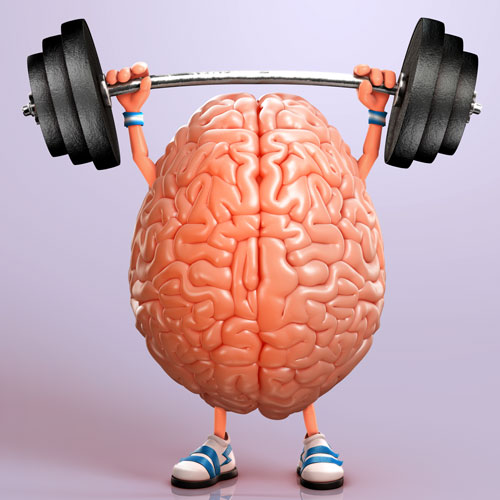
Brains, an important part in our body. Without brains I can’t write this article and without brains you can’t read this blog.
The brain, which is a much more flexible organ that previously thought, can be consciously retrained to be more emotionally flexible, understanding and sensitive. The emotional functions of the brain are interwoven at many levels. These maps provide an overview of the major areas of the brain involved in processing emotions.
Cerebrum
– Houses the parts of the brain that control and relate to emotions
Right hemisphere
– Responsible for emotional and artistic expression as well as most functions on the left side of the body
Frontal lobe
– Masterminds complex mental processes including emotions
Temporal lobe
– Processes sounds and emotional responses, provides visual perception and maintains certain functions associated with memory
Limbic system
– Controls primitive, survival-based emotions
Prefrontal cortex
– Responsible for abstract analysis, cognitive analysis and the exercise of judgment
Cross-Section of the Brain
Amygdala
– Acts as the emotional processing center of the brain, responding to stimuli, especially danger like a built-in alarm system. Aids in perception of emotions in others.
| Train Your Brain |
Hypothalamus
– Influences emotional responses as part of the limbic system, regulates hormone secretion
Hippocampus
– Stores and retrieves memories; processes stimuli, provides context to those situations and relays that information to the amygdala.
Thalamus
– Receives and distributes sensory information from throughout the body to various parts of the brain
Pituitary glands
– Work with the hypothalamus in the production and distribution of hormones controlling hunger, growth and sex drive; connected to the hypothalamus
Neurons
– Conduct electrochemical messages throughout the brain via a network of trillions of nerve fibers
Insula
– Provides emotional context to experience and interprets bodily states such as hungers and cravings.
Fusiform
– Conveys ability to recognize faces
Emotional Styles – How to Retrain Your Brain
Six emotional dimensions that shape our lives and determine how we respond to our environment and the people around us, based on activity in the brain.
Resilience
– Definition: The ability to recover from adversity.
– Originates: Signals between the prefrontal cortex and the amygdala.
– How to retrain: Engage regularly in mindfulness meditation, focusing on your breathing and the sensations in your body.
Outlook
– Definition: The ability to sustain a positive emotional viewpoint.
– Originates: Ventral straitum
– How to retrain: Fill your workstation and home with positive reminders of happy times, such as vacations or photos of friends and family; change those photos every few weeks. Express gratitude frequently by thanking people and keeping a gratitude journal.
Self-awareness
– Definition: The ability to determine the physical signals that reflect emotions
– Originates: Signals between visceral organs and the insula
– How to retrain: For the overly self-aware and critical, practice non-judgmentally observing thoughts and feelings; for those who want to develop more self-awareness, tune in frequently to your body and determine how you feel and where those feelings originate.
Social interactions
– Definition: The ability to interpret social cues
– Originates: Interplay between the amygdala and fusiform
– How to retrain: Watch the body language of strangers and try to guess what emotions they are expressing. Work up to doing the same with family, friends and colleagues, monitoring how their body language matches with their tone of voice.
Sensitivity to context
– Definition: The ability to regulate responses based on the context of a situation
– Originates: Activity levels in the hippocampus
– How to retrain: List behaviors or events that trigger responses and consider why they did so. Think about your behaviors in those situations, meditating and breathing deeply until you feel more relaxed.
Attention
– Definition: The sharpness and clarity of focus
– Originates: Regulated by the prefrontal cortex
– How to retrain: Spend 10 minutes a day sitting in a quiet room and focusing on one object, refocusing when your attention wanders.
Watch this infographic :

Source :- MedicalInfoGraphic

Leave a Reply